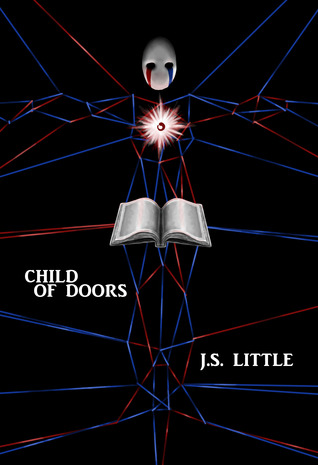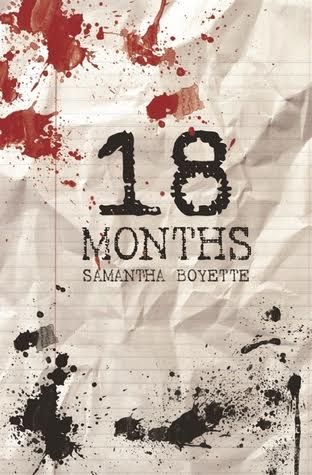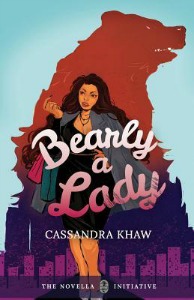This book was a wild read from start to finish. It has been a while since I read some truly weird speculative fiction like this. That’s about as specific as I can be about the genre of this book. It was part horror, part paranormal, part science fiction, part fantasy, and possibly meant to be somewhat allegorical. It reminded me a lot of Philip K. Dick, or Cordwainer Smith: the kind of science fiction that is infuriatingly philosophical in a way that is impossible to reason out a real meaning and actually learn anything from it. That is because, of course, these are the types of stories that are meant to draw out feelings and not thoughts. Despite how confusing the narrative was, it did draw me into an emotional connection with the characters. One of those emotions was fear. As I mentioned, there are some elements of horror in this book. There is plenty of gore and death and body horror, so if you don’t like those, you might want to skip this book. If you grew up on creepypasta, X-Files, and horror manga (like I did), Child of Doors may be right up your alley.
The events are told from the point of view of Arc Litchfield, a lesbian who is described as having dark skin and is at one point ambiguously described as “exotic” by another character, leading me to believe she is a woman of color. Aside from that, Arc’s appearance is never elaborated upon, except to say that she is out of shape. So the hero of the story (and she is a hero, in a very traditional sense of the word. It becomes quite clear early on that there is something very special about Arc that no one else in her world seems to have.) a fat lesbian of color, provides representation for demographics who do not often see themselves in this sort of traditional spec fic setting. Every other character is a woman as well, with the exception that proves the rule being the bad guy.
The antagonist, for lack of a better word, is a tall man in a suit, faceless, but with its head cocked to one side as if scrutinizing its potential victims. This is a creature of the type so common in ghost stories and horror media that it is instantly familiar and yet, at least in my opinion, still very scary. This book got me wondering what it is about faceless monsters that drills so deep into our subconscious and makes us so uneasy? I didn’t come up with an answer, but I certainly appreciate the stylistic choice the author made to use the “faceless man” monster in Child of Doors to such good effect.
The problem I run into reviewing this kind of story is that any criticisms I have might just be a case of me “not getting it.” For example, the pacing is uneven and jarring. This might be the author’s method of getting the reader into the mindset of the main character, who experiences blackouts and lost time repeatedly throughout the narrative. I certainly felt myself feeling the effects of confusion and desperation as her terrifying circumstances wore on Arc throughout the story. The narrative was hard to follow, and was left with so many questions and loose ends that I wished were explained better. Perhaps this too was on purpose, for it emphasizes the uncertainty of life and the complexity of the world and of our own minds. It seemed like Arc understood more about what was happening to her than the reader could be expected to glean from the narrative. Maybe her deepest thoughts and feelings of acceptance for her fate and role were her own private business, and the reader, an outsider, can only accept the character’s decisions based on their respect for her agency as a survivor and a hero.
In summary, this book is everything I have been looking for in speculative fiction! A book in my favorite genre with a protagonist who is not a white, straight male? Yes please. It’s definitely the kind of book you have to read at least twice to understand it. I plan to pick it up again soon just so I can enjoy it again, and maybe the second time around I will gain more insight into what exactly happened. Even then, if it’s still unclear, what really matters to me is the beautiful story, the words, the interections, the brief vignettes of normalcy that end up ripped apart by terror and chaos. It’s these elements that make the story resonate in an impressionistic way and feed your mind and your heart. That’s what I love about speculative fiction, and it’s why I fell instantly in love with this shining example of the genre.



Mary says
I’d like to read this book but I can’t find it ANYWHERE. Does anyone have a lead?